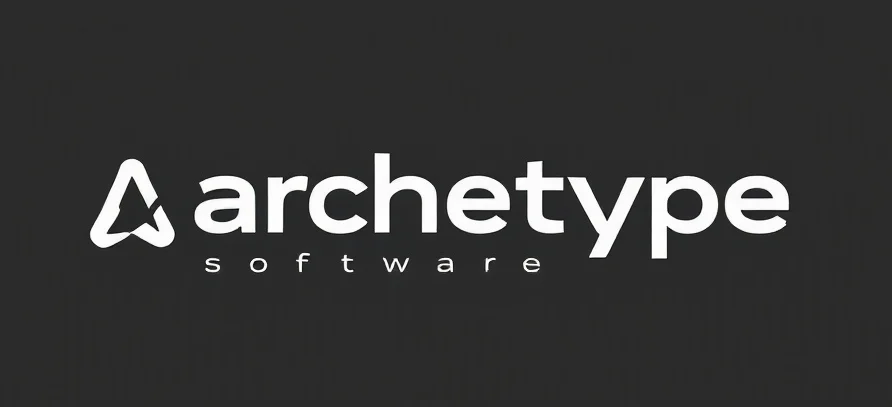AI in Sales Forecasting: Let’s Talk Transformation
Sales forecasting is that mystical art of predicting future sales, a bit like fortune telling but with more spreadsheets and less crystal balls. For entrepreneurs and marketers, it’s the compass guiding them through the ever-turbulent seas of commerce. But how do we harness AI to make this process less of a guessing game and more of a science? For a deep dive, check out sales forecasting on ProductScope’s blog.
Now, before you start dreaming of an AI crystal ball that tells you exactly how much you’ll make next quarter, let’s set the record straight. AI isn’t magic; it’s an intern—an incredibly capable one, sure, but one that still needs training, supervision, and a bit of your time.
The Anatomy of AI-Driven Sales Forecasting
Picture AI-driven sales forecasting as your new analytical sidekick. It’s combing through historical sales data, analyzing current market trends, and even taking a peek at those unpredictable human behaviors that often skew forecasts. It’s like having a supercharged spreadsheet that doesn’t just stare back at you blankly but actually whispers insightful predictions in your ear.
This isn’t just about number crunching. AI algorithms can identify patterns and anomalies that would take a human analyst ages to spot. Think of it as Sherlock Holmes with a digital magnifying glass, piecing together clues that lead to more accurate sales predictions.
The Human Element: Why AI Needs You
Despite its prowess, AI is still, well, not human. It lacks the intuition, the gut feeling, and the nuanced understanding of context that you, the human, bring to the table. AI can tell you what trends are emerging, but it’s up to you to decide how to act on that information. It’s about collaboration, not replacement.
Consider AI as an intern who’s just read every book in the library but still needs guidance on which ones apply to your current project. You’re there to provide context, make strategic decisions, and, most importantly, ensure that the AI’s recommendations align with your business goals.
Transformative Impacts of AI on Sales Forecasting
AI is transforming sales forecasting by offering a level of precision and insight previously unattainable. This isn’t about tweaking last year’s numbers and crossing your fingers. It’s about leveraging machine learning models to simulate countless scenarios, understand potential risks, and optimize resource allocation. The technology is enabling businesses to not just predict the future but to prepare for it intelligently.
Moreover, AI-powered tools are democratizing access to sophisticated analytics. You don’t need a team of data scientists or a massive budget to tap into these insights. This leveling of the playing field allows smaller enterprises to compete with the big players in ways that were unimaginable just a few years ago.
Actionable Steps for Harnessing AI in Sales Forecasting
- Start Small: Implement AI tools gradually. Begin with pilot projects to understand their capabilities and limitations.
- Train Your Team: Invest in training for your team to ensure they know how to interpret and act on AI-driven insights.
- Integrate with Existing Systems: Ensure AI tools can work alongside your current systems to provide seamless operations.
- Monitor and Adjust: Regularly review the accuracy of AI predictions and adjust models as needed to improve performance.
In the end, AI in sales forecasting is not about replacing human intuition but enhancing it with data-driven insights. Embrace your AI intern, and together you might just navigate the unpredictable waters of sales with newfound confidence.
Checkout ProductScope AI’s Studio (and get 200 free studio credits)

